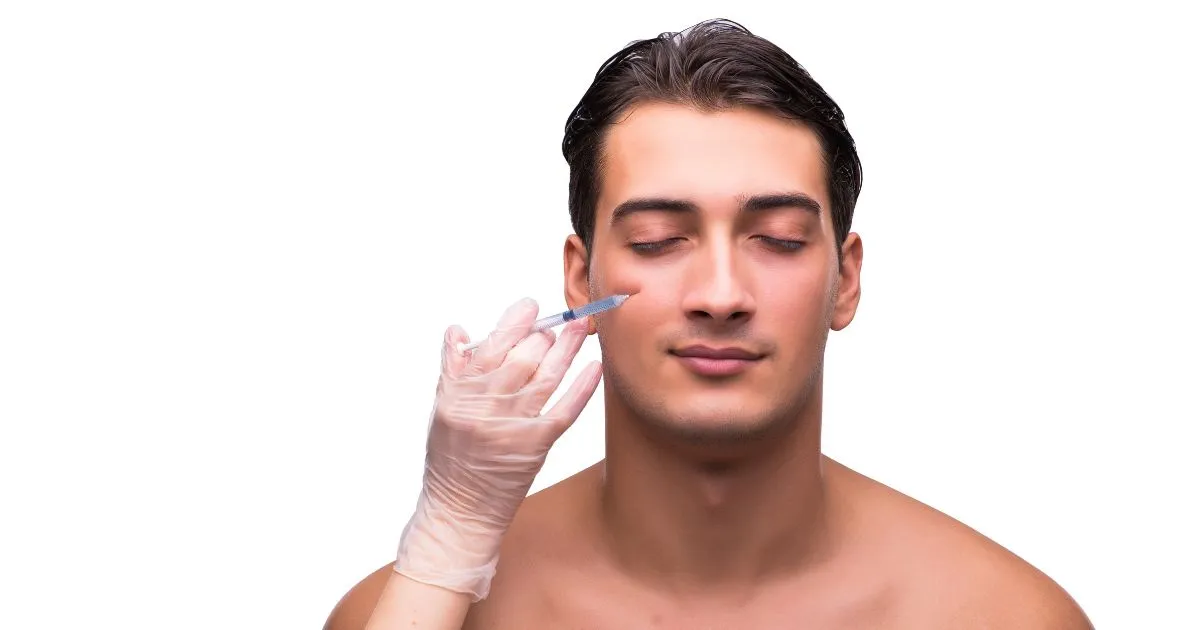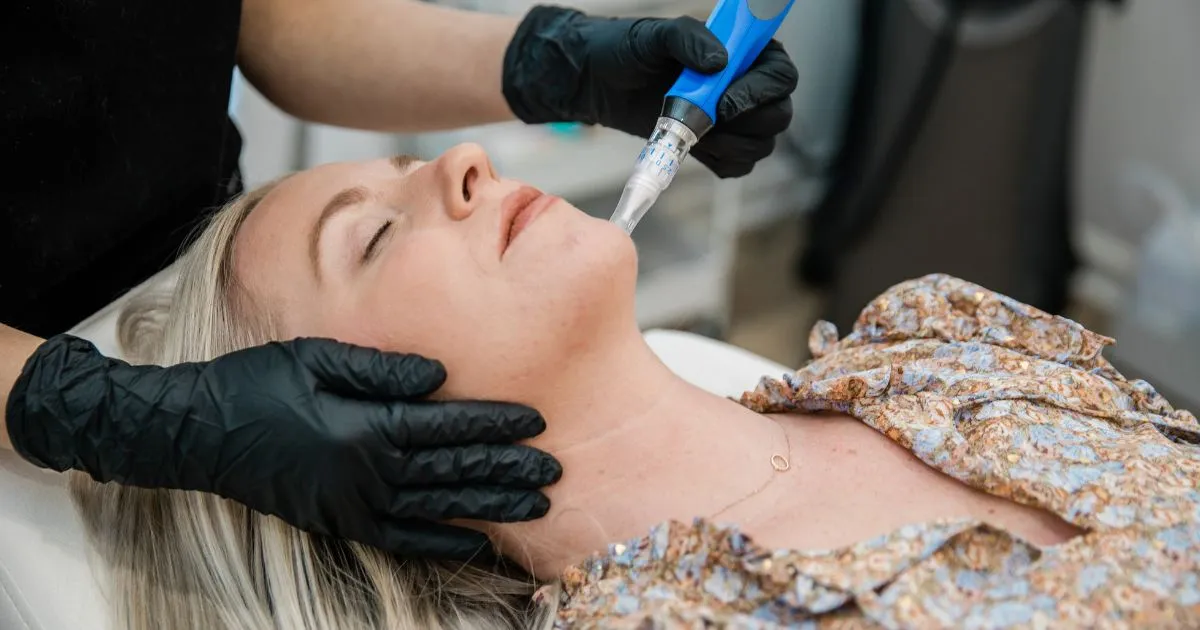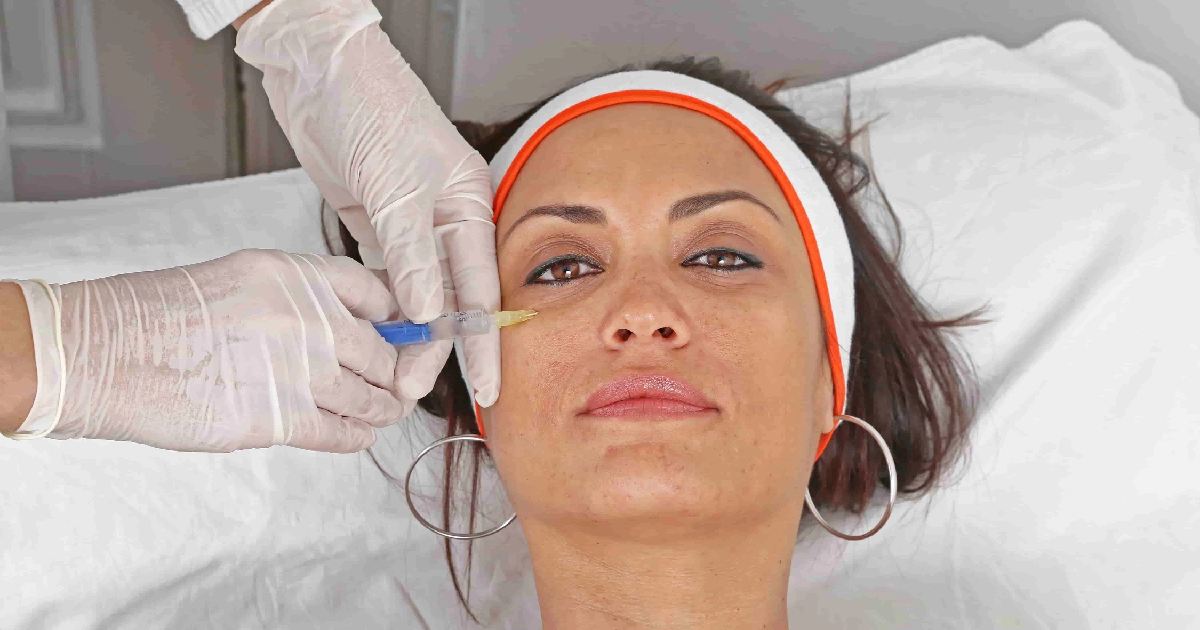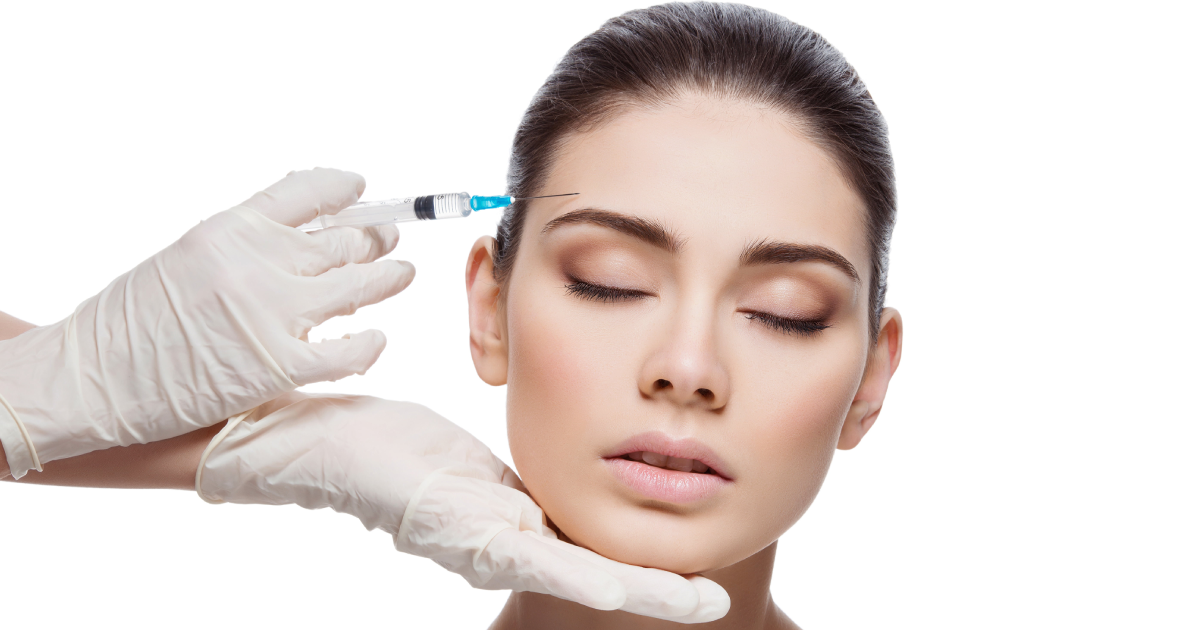
Achieving a natural, radiant glow is a common skincare goal. One effective method to enhance your skin’s appearance is through chemical peels. But how exactly do chemical peels work, and how can they help you achieve that coveted glow? Let’s explore the benefits and process of chemical peels in detail.
Understanding Chemical Peels
Chemical peels are a dermatological treatment that involves applying a chemical solution to the skin. This solution exfoliates the outer layers, revealing fresher, healthier skin underneath—chemical peels various skin concerns, from acne to fine lines and texture issues.
Types of Chemical Peels
Chemical peels are divided into three main types based on their depth and strength of penetration. Each type targets different skin concerns and provides varying levels of exfoliation and rejuvenation.
Superficial Peels
Superficial peels, also known as light peels, use mild acids, such as alpha-hydroxy acids (AHAs) or beta-hydroxy acids (BHAs). These acids gently exfoliate the outermost layer of the skin, called the epidermis.
Superficial peels are ideal for improving mild skin discoloration, uneven skin tone, and rough texture. They can also help with minor acne and fine lines.
Because they are the mildest chemical peels, they typically have minimal downtime and can be repeated more frequently to maintain results.
Key Benefits:
- Improves mild skin discoloration
- Enhances skin texture
- Reduces minor acne
- Minimal downtime
Medium Peels
Medium peels use stronger acids, such as trichloroacetic acid (TCA) or glycolic acid, to penetrate the middle layers of the skin. This deeper penetration effectively treats fine lines, wrinkles, and moderate skin discoloration.
Medium peels can also address age spots, freckles, and certain precancerous skin growths. Compared to superficial peels, they usually require a longer recovery period, with some redness and peeling expected for several days to a week.
Key Benefits:
- Treats fine lines and wrinkles
- Reduces moderate skin discoloration
- Addresses age spots and freckles
- Longer-lasting results with moderate downtime
Deep Peels
Deep peels involve using potent acids like phenol to penetrate the lower dermal layers of the skin.
These peels are used for severe skin concerns, including deep wrinkles, significant sun damage, and pronounced skin discoloration. Due to their strength and depth, they offer dramatic results but come with a longer recovery period and more intensive aftercare.
Patients undergoing deep peels may experience redness, swelling, and peeling for several weeks. The skin may take a few months to heal and fully reveal the final results.
Key Benefits:
- Treats deep wrinkles and severe sun damage
- Corrects significant skin discoloration
- Provides dramatic and long-lasting results
- Requires longer recovery and aftercare
Benefits of Chemical Peels
Chemical peels offer numerous benefits that can contribute to a natural glow:
Exfoliation and Skin Renewal
Chemical peels accelerate the shedding of dead skin cells, promoting cell turnover. This process reveals a smoother, more even complexion, which enhances your skin’s natural radiance.
Reduction of Hyperpigmentation
Chemical peels can lighten dark spots, sun spots, and melasma. By targeting areas of pigmentation, they help achieve a more uniform skin tone.
Acne and Acne Scar Treatment
Superficial and medium peels can be particularly beneficial for acne-prone skin. They help unclog pores, reduce acne breakouts, and diminish the looks of acne scars over time.
Preparing for a Chemical Peel
To ensure the best results and lessen the risks, it’s essential to prepare your skin correctly before a chemical peel:
Consult with a Professional
Talking with a dermatologist or licensed aesthetician is crucial. They will check on your skin type and concerns, recommend the appropriate type of peel, and provide pre-treatment instructions.
Follow Pre-Treatment Guidelines
Your skincare professional may advise you to:
- Avoid sun exposure and use sunscreen diligently. A week before the peel, use certain skincare products, such as retinoids.
- Refrain from waxing, threading, or using depilatory creams in the treatment area.
Patch Test
A patch test may work to ensure that the adverse reaction to the chemical solution is adversely affected.
The Chemical Peel Procedure
The procedure for a chemical peel typically involves several steps:
Cleansing
Your skin will be thoroughly cleansed to remove any makeup, oil, or impurities.
Application of the ChemiUsing a brush or cotton pad, the Solution
The chemical solution is carefully applied to experience a tingling or sensation, which is normal.
Neutralization and Removal
For certain types of peels, the solution is neutralized and then removed. Others, like superficial peels, may not require neutralization.
Post-Peel Care and Maintenance
Immediate Aftercare
- Moisturize: Keep your skin well-hydrated with a gentle, fragrance-free moisturizer.
- Avoid Sun Exposure: Protect your skin by wearing a broad-spectrum sunscreen with at least SPF 30.
- Gentle Cleansing: Use a mild cleanser to avoid irritation.
Long-Term Maintenance
To maintain your natural glow, follow a consistent skincare routine that includes:
- Regular Exfoliation: Incorporate gentle exfoliation into your routine to maintain smooth, radiant skin.
- Hydration: Use hydrating serums and moisturizers to keep your skin plump and healthy.
- Sun Protection: Continue using sunscreen daily to prevent sun damage and hyperpigmentation.
Achieving a Natural Glow
Combining chemical peels with a tailored skincare routine can help you achieve and maintain a natural glow. Here are some additional tips:
Customized Skincare Routine
Work with your dermatologist or aesthetician to develop a skincare routine that adour specific needs. This may include products with active ingredients like vitamin C, hyaluronic acid, and peptides.
Healthy Lifestyle Choices
Your overall lifestyle plays an essential role in your skin’s appearance. Ensure you:
- Stay Hydrated: Drink plenty of water to keep your skin hydrated from within.
- Eat a Balanced Diet: Consume a diet rich in antioxidants, vitamins, and minerals to support skin health.
- Get Adequate Sleep: Aim for 7-9 hours of sleep per night to allow your skin to repair and regenerate.
Regular Professional Treatments
In addition to chemical peels, consider other professional treatments that can enhance your natural glow, such as:
- Microneedling: This approach stimulates collagen production and improves skin texture.
- Facials: Regular facials can cleanse, exfoliate, and hydrate your skin, keeping it in optimal condition.
- Laser Treatments: Laser therapy can target specific skin concerns, such as pigmentation and fine lines, to enhance your overall complexion.
Conclusion
Chemical peels are powerful tools for achieving a natural, radiant glow. By exfoliating the skin, improving texture, and addressing various skin concerns, they offer a comprehensive solution for enhancing your complexion.
To get the best results from a skincare professional, follow pre- and post-treatment care guidelines and maintain a healthy skincare routine.
If you’re ready to achieve a beautiful, natural glow, book an appointment with us at Flawless Rejuvenation Aesthetics. Our team of experts will guide you through the process and help you achieve your ideal skincare goals. We also have a self-assessment test for your reference.





